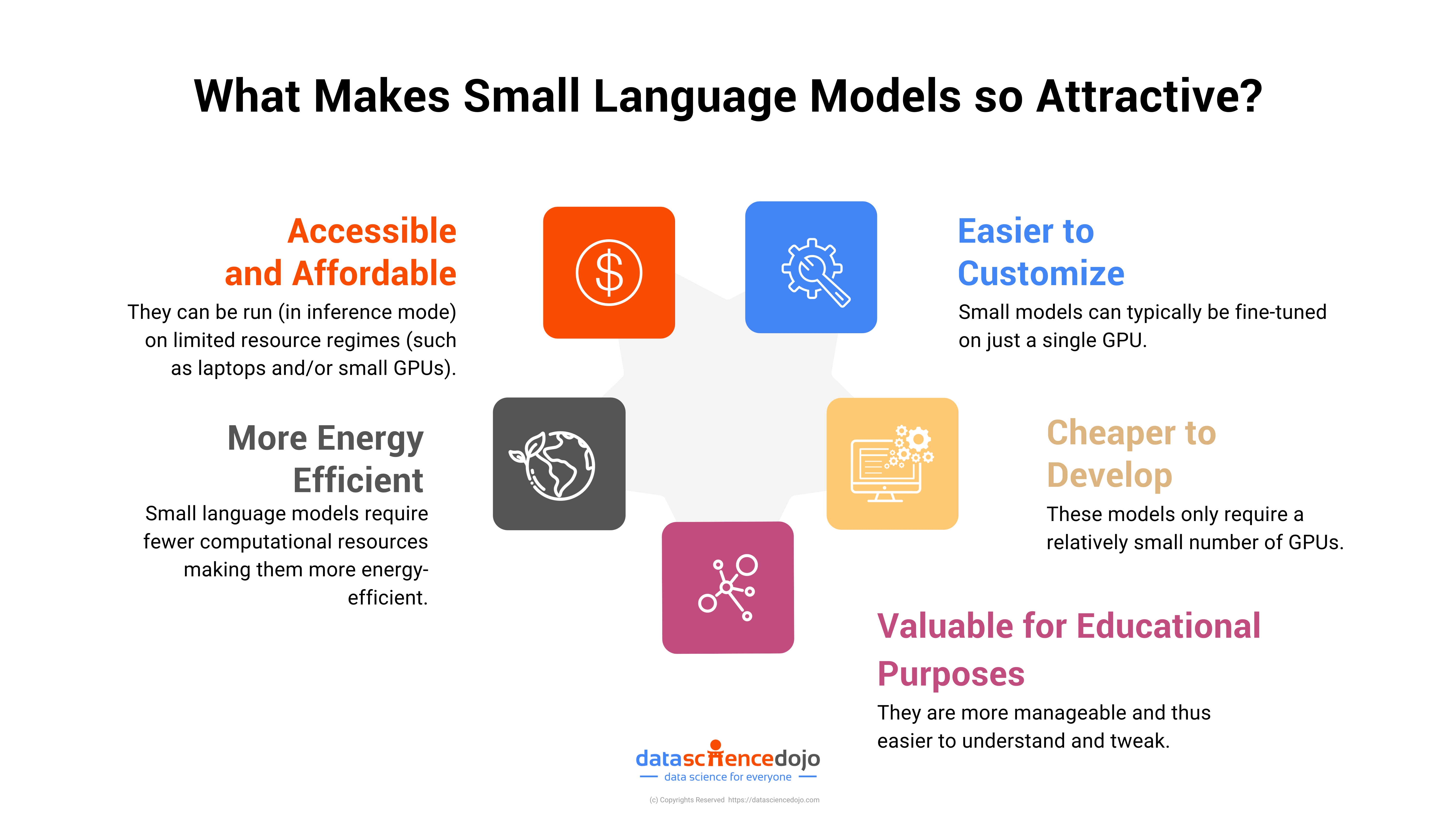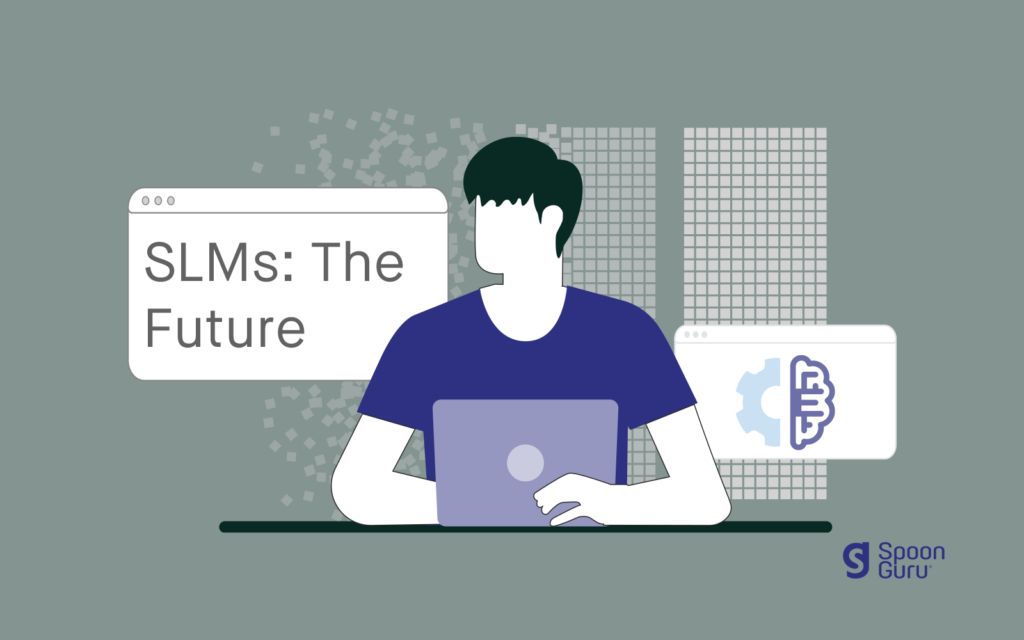No More ChatGPT? Here's Why Small Language Models Are Revolutionizing AI
In the rapidly evolving field of artificial intelligence, a new trend promises to change and democratize AI technology: Small Language Models (SLMs). This article explores how SLMs are becoming a game-changer for entrepreneurs and small to medium-sized companies, offering a more accessible and cost-effective alternative to their larger counterparts.
The Power of Small Language Models
Small Language Models are scaled-down versions of the massive AI models that have dominated headlines. While models like GPT-3 and GPT-4 boast hundreds of billions of parameters, SLMs operate with far fewer — ranging from millions to a few billion parameters. This reduction in size comes with trade-offs. SLMs are specialists rather than generalists, focusing on specific tasks or domains. However, this specialization makes them more efficient and targeted in their applications.

Accessibility and Cost-Effectiveness
One of the most significant advantages of SLMs is their ability to run on devices with limited processing power, such as smartphones or IoT devices. This "edge computing" capability contrasts sharply with larger models requiring powerful cloud infrastructure. This accessibility is a game-changer for entrepreneurs as SLMs can be deployed on a standard laptop using tools like Ollama, opening up possibilities for integrating AI into various sectors.
Domain-Specific Applications and Cost Efficiency
SLMs offer advantages in addressing bias and fairness concerns in AI. Their smaller size and focused training data make them easier to audit and understand, providing more opportunities to scrutinize and improve them. Additionally, SLMs consume less energy and have a reduced carbon footprint when running applications, making them cost-effective and attractive for businesses looking to balance innovation with fiscal responsibility.

The Future of AI with Small Language Models
As the AI landscape evolves, SLMs are poised to complement and even replace larger models in certain applications due to their specialization and cost-effectiveness. Embracing SLMs could lead to significant innovation and competition, allowing smaller companies to develop advanced AI solutions in areas once dominated by tech giants.
By focusing on the unique advantages of Small Language Models, entrepreneurs can leverage this technology to create innovative, efficient, and targeted AI solutions, potentially revolutionizing various industries and democratizing access to advanced AI capabilities.




















